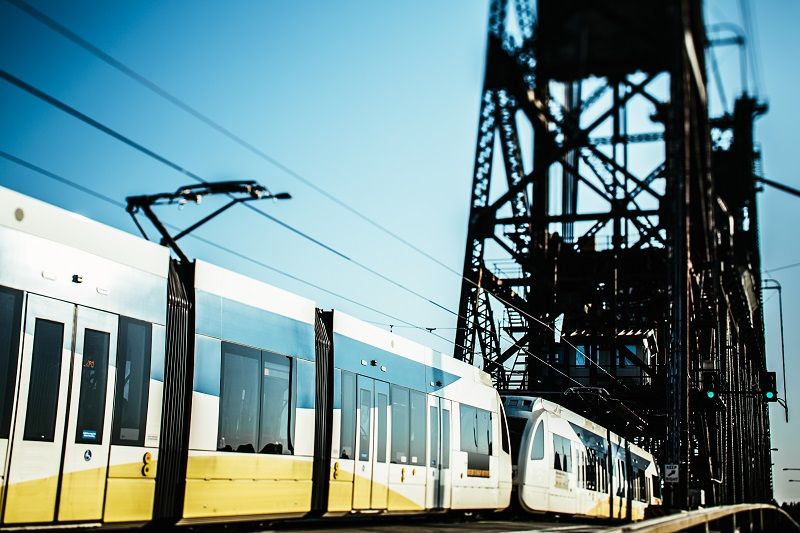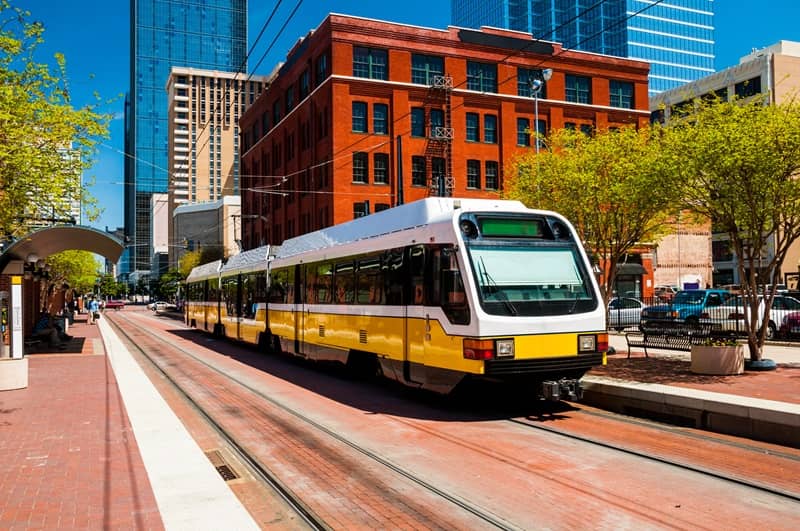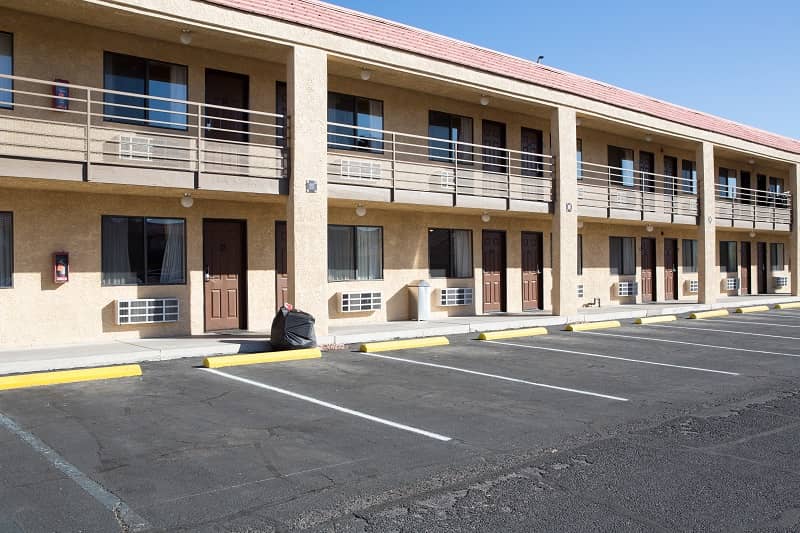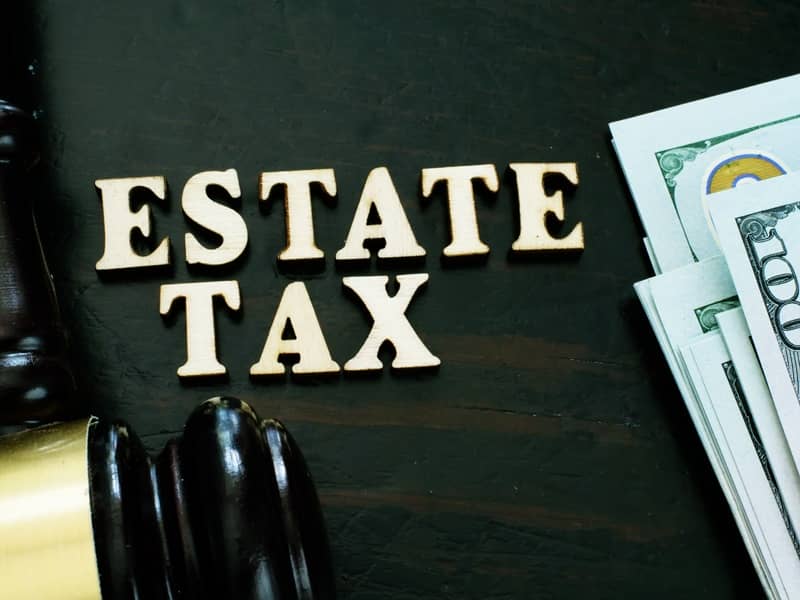Cascade President and CEO John A. Charles, Jr. testified regarding a proposed economic development grant in Beaverton before the Oregon Transportation Commission.
Testimony of John A. Charles, Jr.
President & CEO
Before the Oregon Transportation Commission
June 19, 2013
My name is John Charles and I am President of Cascade Policy Institute. Cascade is a non-partisan policy research center, working to promote economic opportunity, individual liberty, and personal responsibility.
I have analyzed the staff report for Agenda item C1, along with related documents provided by Metro and the City of Beaverton. I have also visited the .8 mile stretch of HW 8 that is being considered for a retrofit, and walked the area on both sides of the highway. In addition, I have conducted extensive field research since 1996 on the nearby Beaverton Round light rail station.
I urge the Commission to reject the IOF grant request, for the following reasons:
This is not an economic development project. The primary objective of project advocates is to lower the design speed on HW 8 from 45 MPH to 30 MPH. There is no evidence that such action would incentivize additional capital investment in the region. Indeed, the sad experience of the nearby Beaverton Round district suggests that just the opposite will occur. Deliberately slowing traffic and encouraging more density in the region will make it less attractive.
The series of photos below are instructive on this point. Notwithstanding the seductive architectural rendering that advertised the future project back in 1996 – in which many pedestrians were envisioned relaxing near light rail and no parking was necessary – the reality proved to be quite different. The project went bankrupt twice. Retailers have struggled. And oddly enough, the site is covered with parking, including surface lots, gated private parking, and the tallest single building in Beaverton – a parking garage.
Unfortunately, local planners have learned nothing from the experience. On two different occasions, Metro appropriated $2 million of public money to Beaverton so that the adjacent Westgate theatre could be purchased and bulldozed. The apparent goal was to build more “transit-oriented development” that would improve the neighborhood. The site is still vacant after nearly a decade.
The proposed “tie-ins” of the HW 8 project to a low-stress bike route are a waste of money because sensible cyclists are already riding on nearby parallel streets. One of the selling points of the Beaverton proposal is that “traffic calming” on HW 8 will make it easier for cyclists. But low-stress cycling options already exist, as shown below.
Attempting to turn a state highway into a boutique “Downtown Main Street” is a nostalgic trip to the past that has no relevance. Metro has encouraged most local governments to subsidize downtown investments based on a “Main Street” model. Tigard has done this, but not by trying to re-invent nearby HW 99w; the city has simply created a faux-downtown that benefits a few businesses while being largely ignored by most Tigard residents.
There is no need for a new traffic light at the Rose Biggi/HW 8 intersection. The proposed Canyon Road retrofit project would add another traffic light at Rose Biggi Drive, even though there are already 5 traffic lights on HW 8 in the .8 miles of project territory. The fact that the Beaverton City Council is moving the entire City Hall staff to the Round is no reason to add another light; there are already two traffic lights serving the Round, on either side of Biggi Drive.
Conclusion: Stripping away the political window dressing, the real point of this project is to degrade the state highway system by reducing the design speed from 45 MPH to 30 MPH on HW 8. The OTC should resist this effort. Local planners have been waging a political campaign against auto-mobility for over 25 years, on such routes as HW 43, HW 97, and HW 26. Planners and the cycling/pedestrian/transit advocacy groups will never be satisfied, and will be emboldened to ask for even more if you keep giving away the mobility functions of the state highway system.











